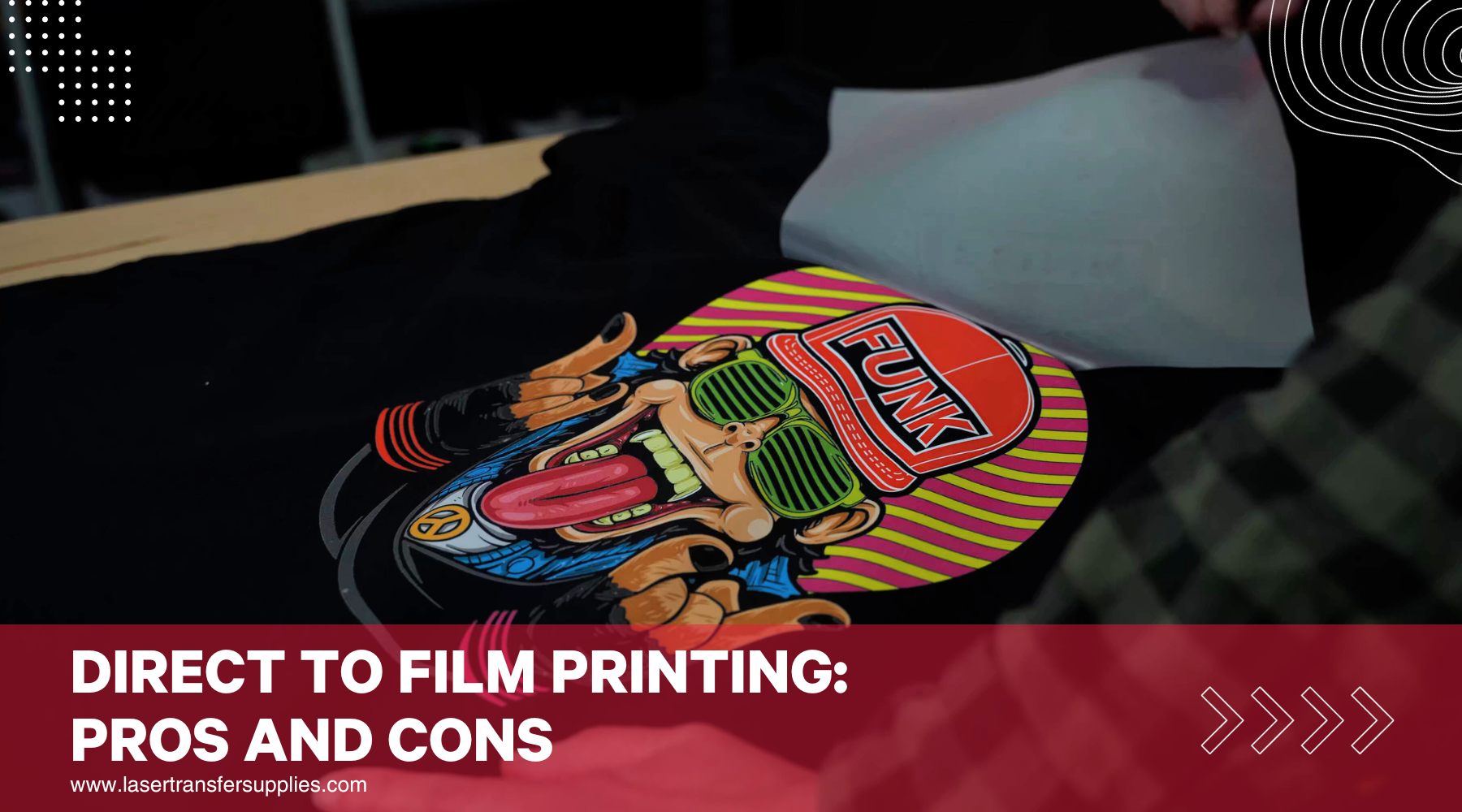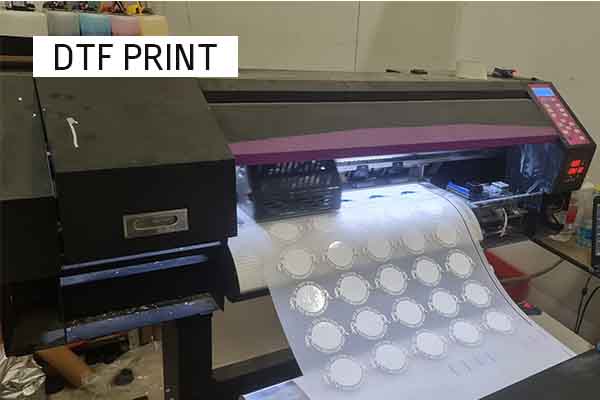The Future of Fashion: Discovering DTF Printing Innovation in the Fabric Market
Among these improvements, Straight to Movie (DTF) printing modern technology has actually arised as a promising contender, providing special capacities and opportunities for designers and manufacturers alike. This advanced printing technique has stimulated rate of interest due to its prospective to revolutionize traditional textile printing processes.
Development of Fabric Printing
From the ancient human beings making use of methods like block printing to the digital change of today, textile printing has consistently pushed boundaries. As the craft spread to various other parts of the globe, new methods such as display printing and roller printing emerged throughout the Industrial Transformation, revolutionizing the fabric market.
In the 20th century, advancements in modern technology caused the advancement of rotating screen printing, allowing for faster and extra elaborate designs. The intro of digital fabric printing in the late 20th century noted a considerable shift towards even more flexible and lasting printing techniques. Today, with technologies like Direct-to-Fabric (DTF) printing innovation, developers can create lively, detailed prints with better efficiency and minimized environmental effect. The advancement of textile printing showcases a rich background of creativity, ingenuity, and technical progress in the world of style and design.
Benefits of DTF Innovation
With the advancement of fabric printing strategies from ancient methods like block printing to contemporary technologies such as electronic printing, the introduction of Direct-to-Fabric (DTF) technology has substantially boosted the performance and sustainability of fabric printing processes. One of the primary benefits of DTF technology is its capability to directly print styles onto material without the requirement for transfer papers, which lowers waste and streamlines the manufacturing procedure. In addition, DTF printing permits for better shade vibrancy and information accuracy contrasted to standard techniques, making it possible for fabric makers to produce high-quality and intricate designs with ease.
Moreover, DTF technology is known for its versatility, as it can be made use of on numerous kinds of materials, including natural fibers like woollen, silk, and cotton, in addition to synthetic materials such as polyester and nylon (DTF Printing). This adaptability opens a large range of possibilities for makers and designers to experiment with various appearances and materials, resulting in more cutting-edge and special items in the apparel industry. On the whole, the application of DTF innovation stands for a substantial advancement in fabric printing, offering many advantages that add to the future sustainability and imagination of the industry
Sustainability in vogue Production
Highlighting environment-friendly practices is vital in contemporary fashion manufacturing, lining up with the expanding consumer need for sustainable items. In the last few years, the garment industry has dealt with increasing examination as a result of its considerable ecological impact, including too much water usage, chemical contamination, and fabric waste. As a response, lots of style brands are now including sustainable methods right into their manufacturing processes to lessen injury to the environment.
Sustainability in fashion manufacturing incorporates various elements, such as utilizing natural and recycled materials, minimizing power intake, implementing honest labor methods, and advertising openness throughout the supply chain. Additionally, developments in innovation, like DTF printing, deal possibilities to further enhance sustainability in textile manufacturing. This innovation allows specific printing on textiles, reducing ink wastage and water usage compared to traditional printing techniques.
Style Flexibility and Personalization

In addition, DTF printing assists in modification on a scale formerly unattainable, enabling for individualized clothes and one-of-a-kind pieces customized to specific preferences. Generally, DTF printing technology transforms the layout landscape in the textile market, supplying endless possibilities for imaginative expression and personalized fashion.
Influence On Supply Chain & Market Trends
DTF printing technology in the textile sector is improving supply chain characteristics and influencing market trends via its performance and modification abilities. By allowing on-demand printing and eliminating the need for huge stocks, DTF innovation streamlines the supply chain procedure.
Additionally, the customization capacity of DTF printing modern technology is reinventing the market fads in the textile market. As an outcome, DTF technology is driving a change in the direction of more innovative and customer-centric methods within the fabric sector, shaping the future of fashion.

Verdict
Finally, DTF printing innovation is discover here revolutionizing the textile market by supplying numerous benefits such as layout sustainability, freedom, and personalization. This cutting-edge modern technology is reshaping the future of fashion production, affecting supply chains, and driving market fads in the direction of extra green and reliable techniques. As the industry continues to evolve, DTF printing will play an essential function fit the method fabrics are created and eaten in the years to find.
From the Look At This old people making use of strategies like block printing to the electronic transformation of today, textile printing has constantly pushed boundaries. As the craft spread to other components of the globe, brand-new techniques such as screen printing and roller printing emerged during the Industrial Change, changing the fabric market.
The introduction of digital fabric printing in the late 20th century noted a considerable shift towards even more flexible and sustainable printing approaches.With the development of textile printing techniques from old techniques like block printing to modern innovations such as electronic printing, the intro of wikipedia reference Direct-to-Fabric (DTF) technology has significantly boosted the effectiveness and sustainability of textile printing procedures (DTF Printing).In feedback to the critical change towards sustainability in fashion manufacturing, the adoption of cutting-edge innovations like DTF printing not only addresses ecological issues yet likewise opens up avenues for unparalleled style freedom and modification in the textile sector